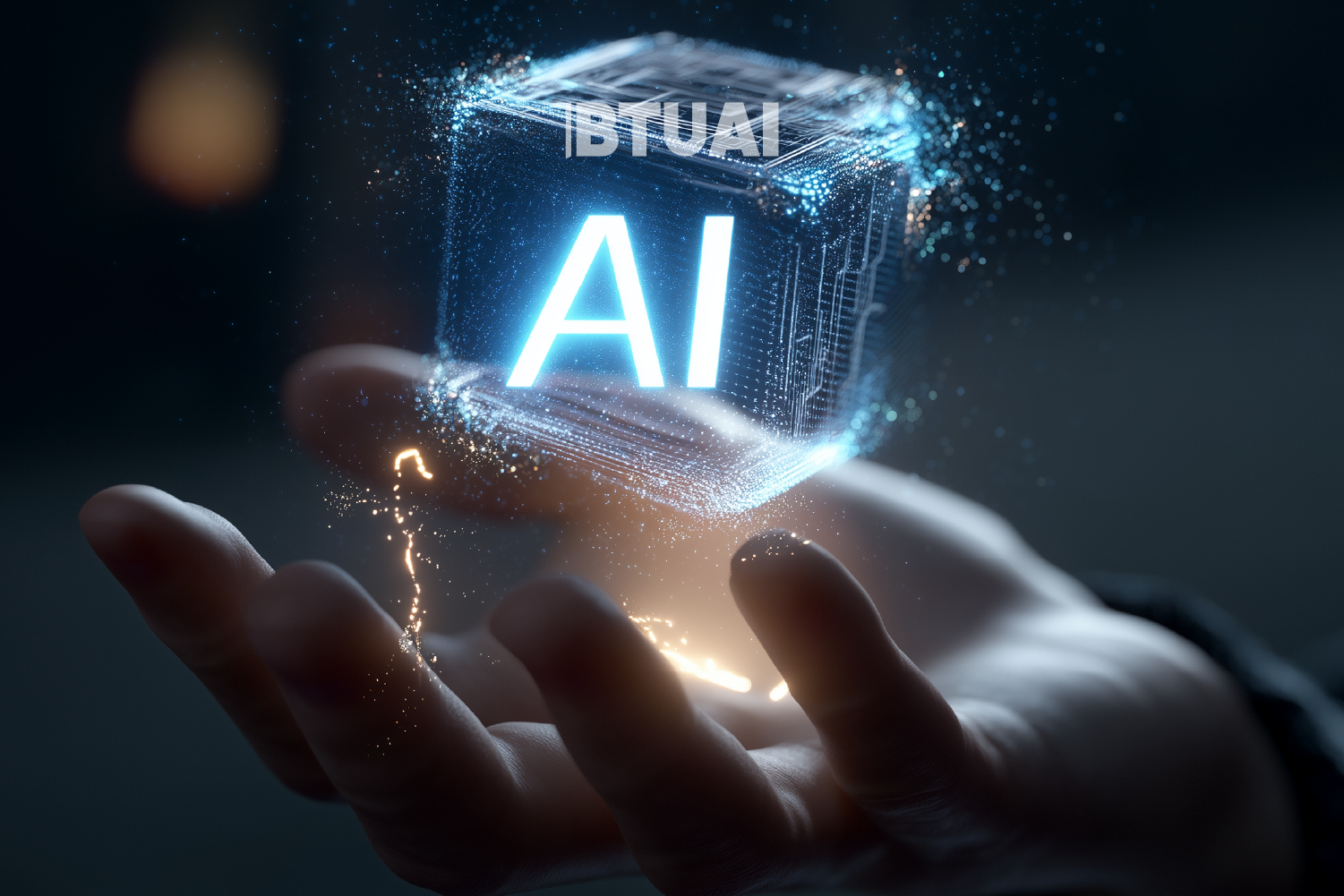AI Tutors and Study Partners: The Future of Academic Assistance
For today’s students, learning increasingly means not only reading books or attending lectures but also interacting daily with digital

For today’s students, learning increasingly means not only reading books or attending lectures but also interacting daily with digital assistants. Generative AI models have begun to function as study partners—they explain difficult topics, generate examples, provide feedback, and in some cases replicate the roles once played by tutors or mentors.
Research conducted at BTU showed that students rely heavily on ChatGPT, Gemini, and Claude to clarify concepts and search for materials. Particularly notable is the use of course-specific chatbots, where instructors design AI assistants based on their own course materials. Students can ask questions at any time and receive contextualized answers, reducing repetitive queries and creating continuous support. Many reported that AI helps them save time, while also increasing the need to double-check results.
Globally, this pattern is even more pronounced. In the United States, controlled experiments have shown that pedagogically designed AI tutors can sometimes outperform even active-learning classrooms. Students absorbed concepts faster and felt more motivated when interacting with well-programmed AI tutors. But the picture changes when learners use generic chatbots without structure: in those cases, evidence shows instances of learning degradation—students appear to master the material quickly but underperform on exams.
This illustrates the key distinction: the effectiveness of AI tutoring depends not on the tool itself but on its design. A chatbot tailored to a course, grounded in reliable sources, and requiring students to explain their reasoning can become a powerful amplifier of learning. A chatbot used simply as an “answer machine” risks producing superficial knowledge and misplaced confidence.
Faculty play a decisive role. In many universities, AI is now being used as a teaching assistant: generating practice problems, creating quizzes, or handling repetitive explanations. This does not replace teachers but frees them to focus on deeper discussions, mentoring, and conceptual clarity.
Large-scale pilots across the world reinforce this trend. In Asia, especially Singapore and South Korea, AI tutors have been integrated into language-learning programs where students practice daily writing and speaking with the model. In Europe, the emphasis is on ethics: students are explicitly taught that AI is a helper, not a final authority, and that working with AI always requires verification.
The outcome is clear: a new form of learning is emerging in which the student is no longer alone with the textbook and the teacher but is accompanied by a digital partner. Yet this partnership must be carefully structured—anchored in trustworthy sources, guided by pedagogical intent, and designed to strengthen critical thinking. Only then can AI move from being a shortcut to becoming a true educational platform.
Find the BTU’s full research here.




